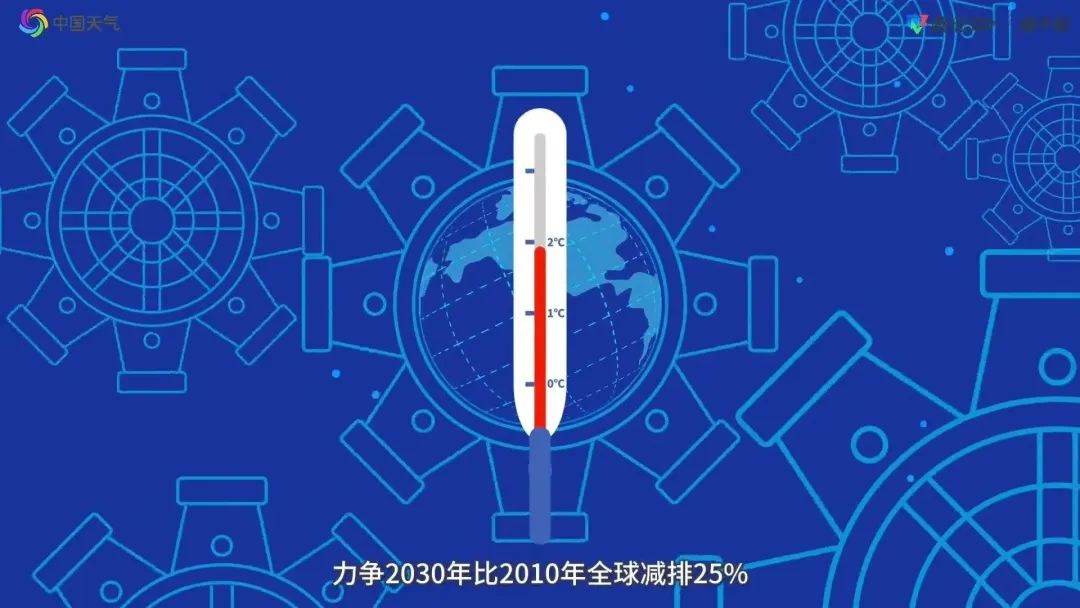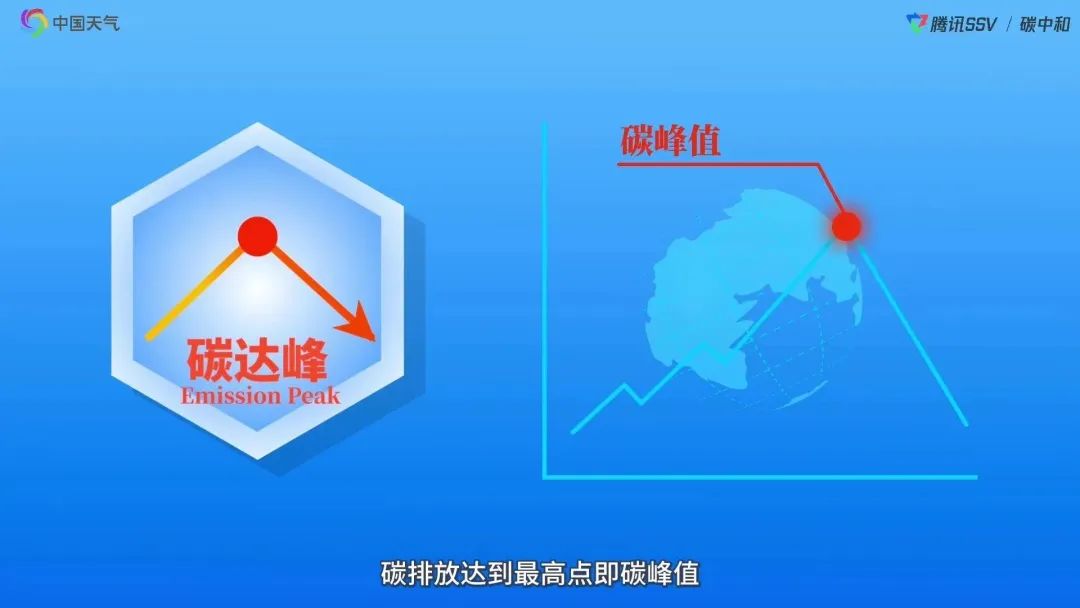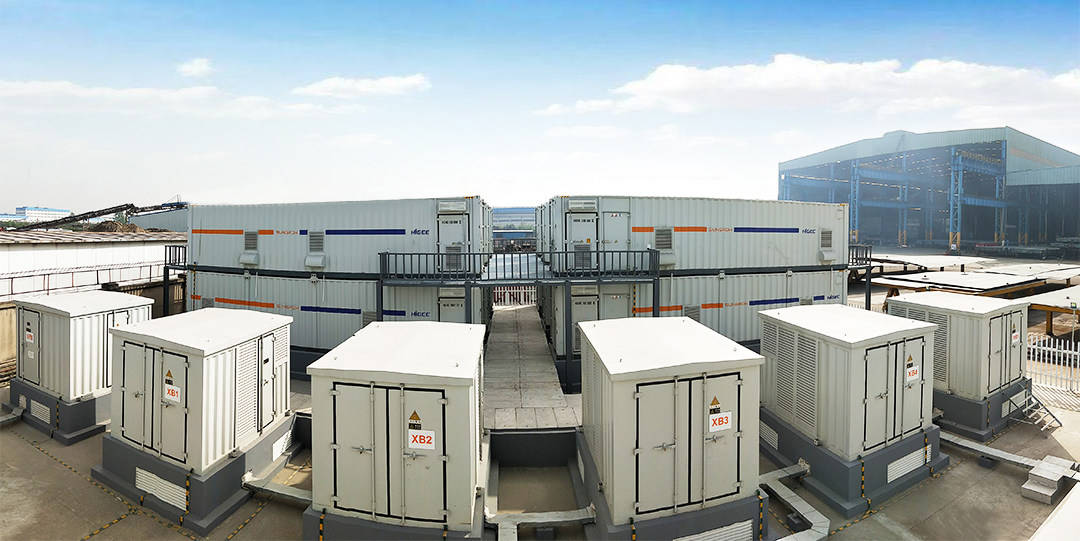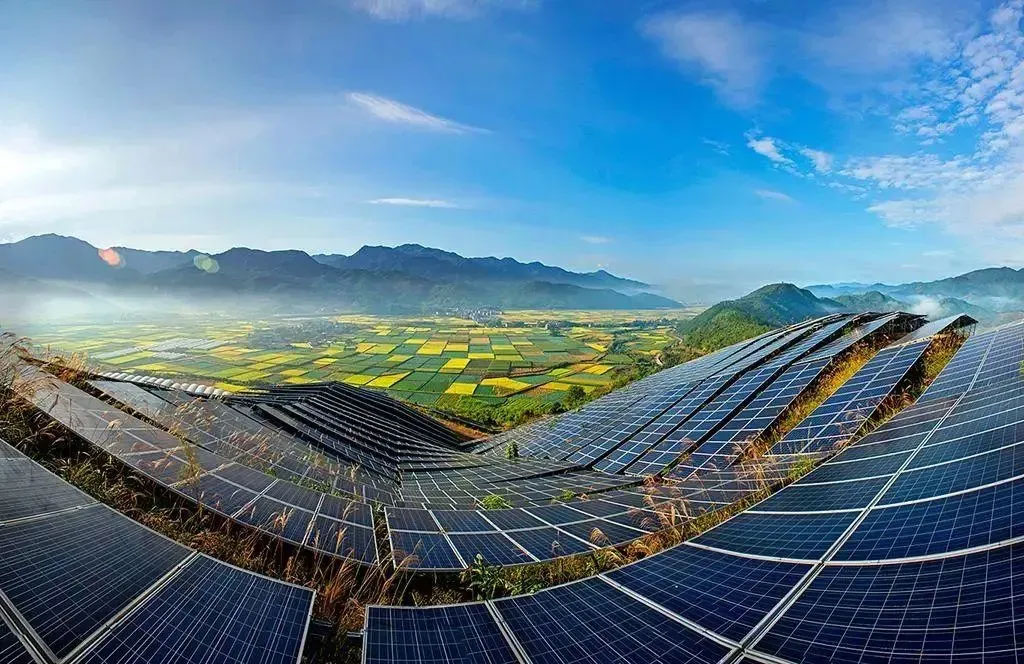What is the "dual carbon" goal?
Due to over a hundred years of industrialization, the greenhouse gas family has developed very vigorously, and the Earth's climate has gradually warmed as a result. In order to control the average temperature increase of the Earth within 2 degrees Celsius compared to before the industrial revolution by the end of this century, humans are striving to reduce global emissions by 25% by 2030 compared to 2010.

Carbon peaking and carbon neutrality are human means of dealing with greenhouse gases. Carbon peak refers to the carbon emissions of entities such as the world, countries, cities, and enterprises, which reach their highest point during the process of rising and falling, known as the carbon peak.
The World Resources Institute (WRI) believes that peaking carbon emissions does not simply refer to the peak of carbon emissions at a certain point in time, but is a process in which carbon emissions first enter a plateau period and may fluctuate within a certain range, then enter a steady decline stage. The peak of carbon emissions is a historical turning point where carbon emissions have shifted from an increase to a decrease, marking the decoupling of carbon emissions from economic development.
The Paris Agreement believes that many developing countries are still in the process of economic development and industrialization, and carbon emissions will still increase. After reaching the peak of carbon emissions, we hope to achieve carbon reduction, with the goal of reducing emissions by the second half of this century, and ultimately achieving a balance between the amount of carbon dioxide emitted into the atmosphere and the amount removed.

Carbon neutrality refers to the absorption and offsetting of carbon dioxide generated by specific organizations or social activities over a period of time through natural and artificial means such as afforestation, ocean absorption, and engineering storage, achieving relative zero emissions of carbon dioxide from human activities.
Carbon neutrality refers to achieving a balance between anthropogenic emissions and absorption through afforestation, carbon capture and storage technologies, among others.

More and more countries are announcing their efforts to achieve carbon peak and carbon neutrality goals as soon as possible, and some countries have already achieved carbon peak. Taking China as an example, the current growth rate of carbon emissions in China has slowed down significantly compared to the rapid growth period from 2000 to 2010. Moreover, China announced in September 2020 that it aims to peak its carbon dioxide emissions before 2030 and achieve carbon neutrality by 2060, demonstrating its great determination.

In September 2020, China proposed its "dual carbon" goals at the 75th United Nations General Assembly. In October 2021, At the G20 summit, China emphasized: "China has always taken the initiative to assume international responsibilities that are in line with its national conditions, actively promoted economic green transformation, and continuously increased its efforts to respond to climate change. Over the past decade, 120 million kilowatts of coal-fired power have been phased out, and the first batch of large-scale wind and photovoltaic base projects with an installed capacity of about 100 million kilowatts have started construction in an orderly manner in the near future. China will strive to achieve carbon peak before 2030 and carbon neutrality before 2060." Realizing carbon peak and carbon neutrality is a major strategic decision made by the Party Central Committee after careful consideration, which is related to the sustainable development of the Chinese nation and the construction of a community with a shared future for mankind.
China's carbon emission intensity in 2020 has decreased by nearly half compared to 2005, basically reversing the rapid growth of carbon dioxide emissions.
 中文
中文
 English
English




